AI Agents for Beginners: Core Capabilities, Operating Principles, Types, and Distinctions from Large Models (2)
![]() 06/30 2025
06/30 2025
![]() 521
521
Agents are undoubtedly the "stars" in the realm of AI.
Upon hearing the term, many envision articulate, dexterous robots. However, this perception remains rooted in science fiction.
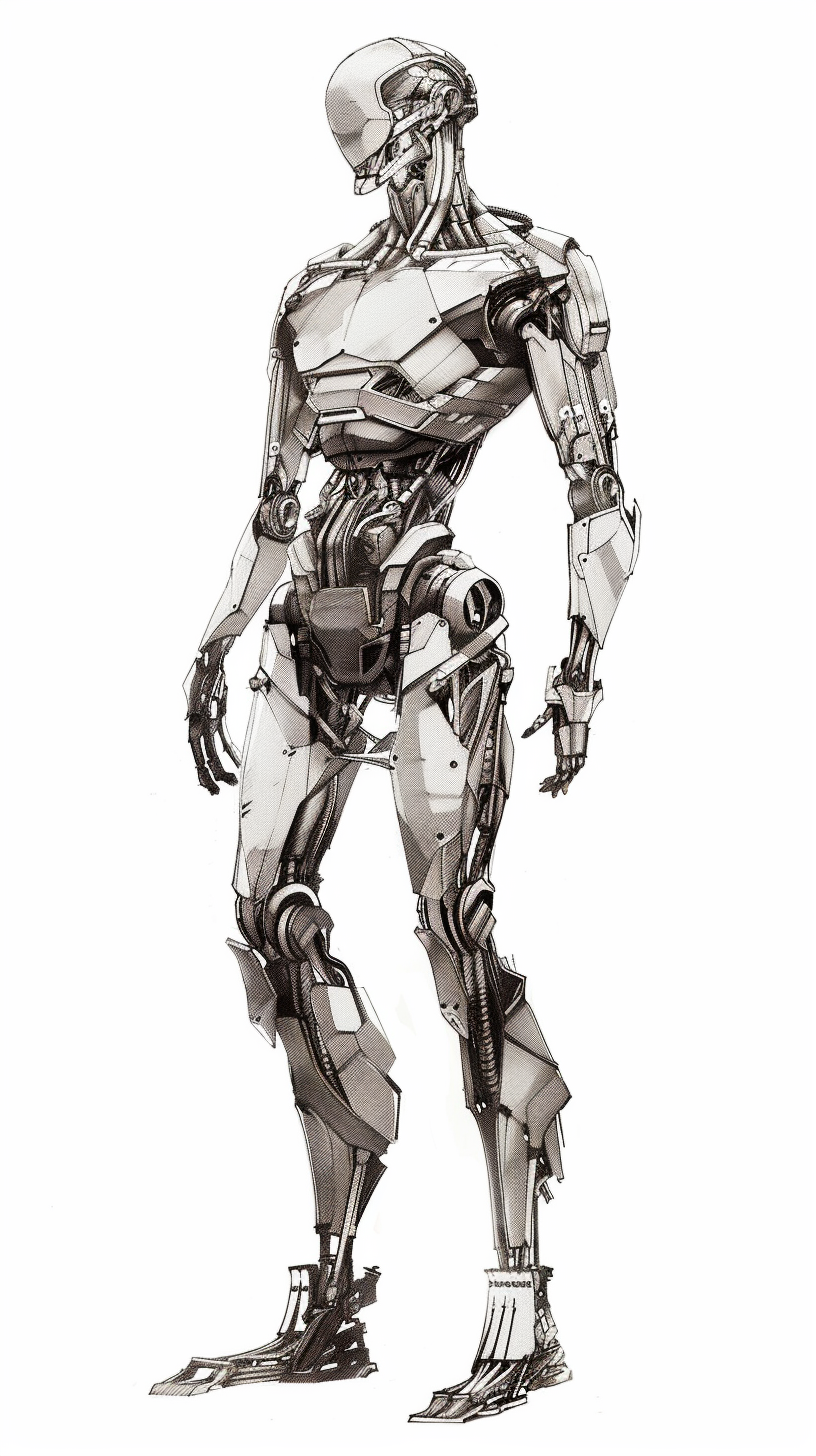
So, what exactly is an agent? How does it operate? What sets it apart from large models? Today, we'll provide a clearer understanding of AI agents.
1. What is an Agent?
Let's start with Baidu Encyclopedia's definition:
'An agent is an entity capable of perceiving its environment and taking actions to achieve specific goals. It can manifest as software, hardware, or a system, possessing autonomy, adaptability, and interaction capabilities. An agent senses changes in its environment (e.g., through sensors or data input), makes judgments and decisions based on learned knowledge and algorithms, and then executes actions to influence the environment or attain predetermined goals. Agents are widely used in AI, commonly seen in automation systems, robots, virtual assistants, and game characters. Their core lies in their ability to autonomously learn and continuously evolve to better perform tasks and adapt to complex environments.'
Feeling a bit lost? Let's break it down. This definition examines agents from the perspectives of operating mechanisms, forms, characteristics, and applications.
Operating Mechanisms: Similar to humans, agents observe their surroundings, comprehend information, and take actions to complete tasks.
Forms: Agents come in various forms. They can be virtual or physical, software (e.g., chatbots), hardware (e.g., humanoid robots), or systems integrating software and hardware (e.g., industrial automation systems).
Characteristics: The definition highlights three key characteristics: autonomy, adaptability, and interactivity. These distinguish agents from ordinary AI models and represent a higher level of intelligence. In essence, it's an AI that can understand situations, address problems, and complete tasks without constant human supervision.
Whether it's a robot vacuum, navigation system, or the AI tool you use daily, the 'soul' behind their operation is the agent.
2. What Can Agents Do?
A mature agent typically possesses these core capabilities:
Perception: Like eyes and ears, it acquires external information, 'seeing' through cameras and 'hearing' or 'touching' through sensors.
Reasoning: After acquiring information, it makes judgments, such as deciding whether to turn or continue straight.
Execution: It takes action when necessary, like a robot vacuum starting to clean or a voice assistant playing music.
Interaction: It engages in conversation with humans and collaborates with other systems, such as when you tell a smart speaker to 'play a song,' it activates the music app.
Learning: It becomes smarter with use and adjusts based on user habits.
Adaptation: It adapts to changing environments and doesn't get stuck due to bugs.
Autonomy: Crucially, you don't need to micromanage; it can decide how to proceed on its own.
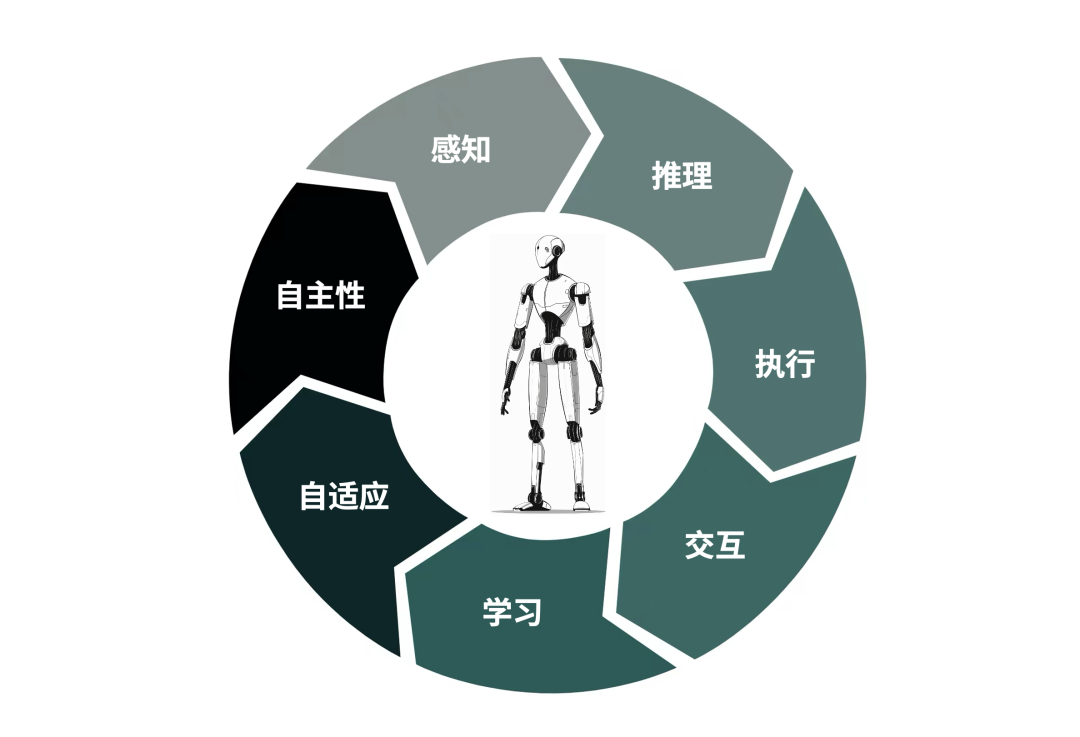
Combined, these capabilities enable agents to handle not just single tasks but complex processes, such as automatically checking the weather, setting an alarm, and ordering breakfast.
3. The 'Perception-Execution Mechanism' of Agents
We humans operate in a 'Look → Think → Do' sequence. Agents function similarly.
They collect environmental data through perception (e.g., hearing commands, seeing images, receiving temperature changes). They then reason and analyze to make judgments. Finally, they execute actions (e.g., moving, speaking, sending emails, sweeping, turning off lights). They also review after execution to continuously optimize actions, forming a closed loop.
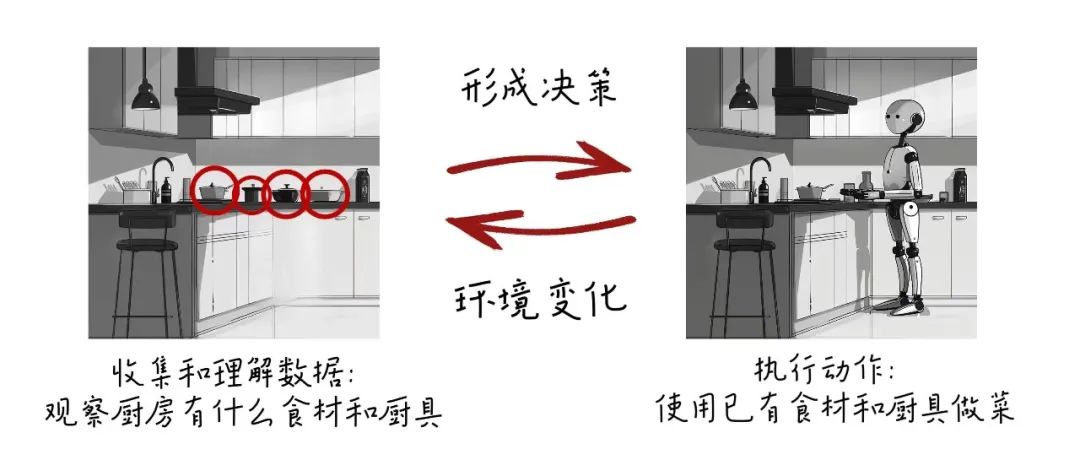
For instance, your housekeeper robot, when preparing a meal, first checks the kitchen ingredients (perception), then decides what dishes to make (reasoning), and starts washing and cutting vegetables (execution). During this, changes in stove temperature and boiling water sounds are fed back, helping it adjust its pace. It's akin to a real chef.
4. What is the Difference from Large Models?
Many confuse agents with large models. However, they differ significantly.
Large models excel at processing text, images, speech, and other information, but you need to explicitly tell them 'what to do.' For example, asking ChatGPT a question will yield an answer, but it won't initiate actions on its own.
Agents are more proactive. You just need to set the goal, and they can plan the path, assign tasks, adjust strategies, break down the goal into smaller tasks, and complete them step-by-step. Even in unexpected situations, they can alter plans autonomously.
In simpler terms, large models are like consultants, while agents are like an entire team.
5. Five Types of Agents
Agents can be classified into five types based on their capabilities and complexity:
Rule-based Agents: They operate solely based on preset rules, like turning on lights at a specific location or playing music at a scheduled time.
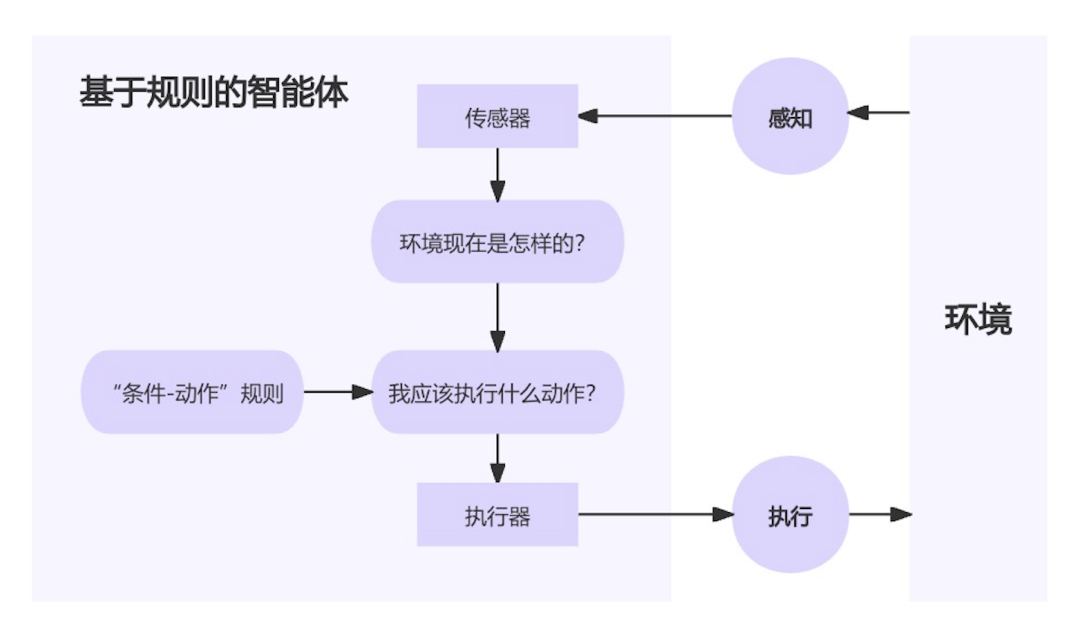
Model-based Agents: They possess simple memory and judgment capabilities, such as robot vacuum cleaners that remember cleaned areas.
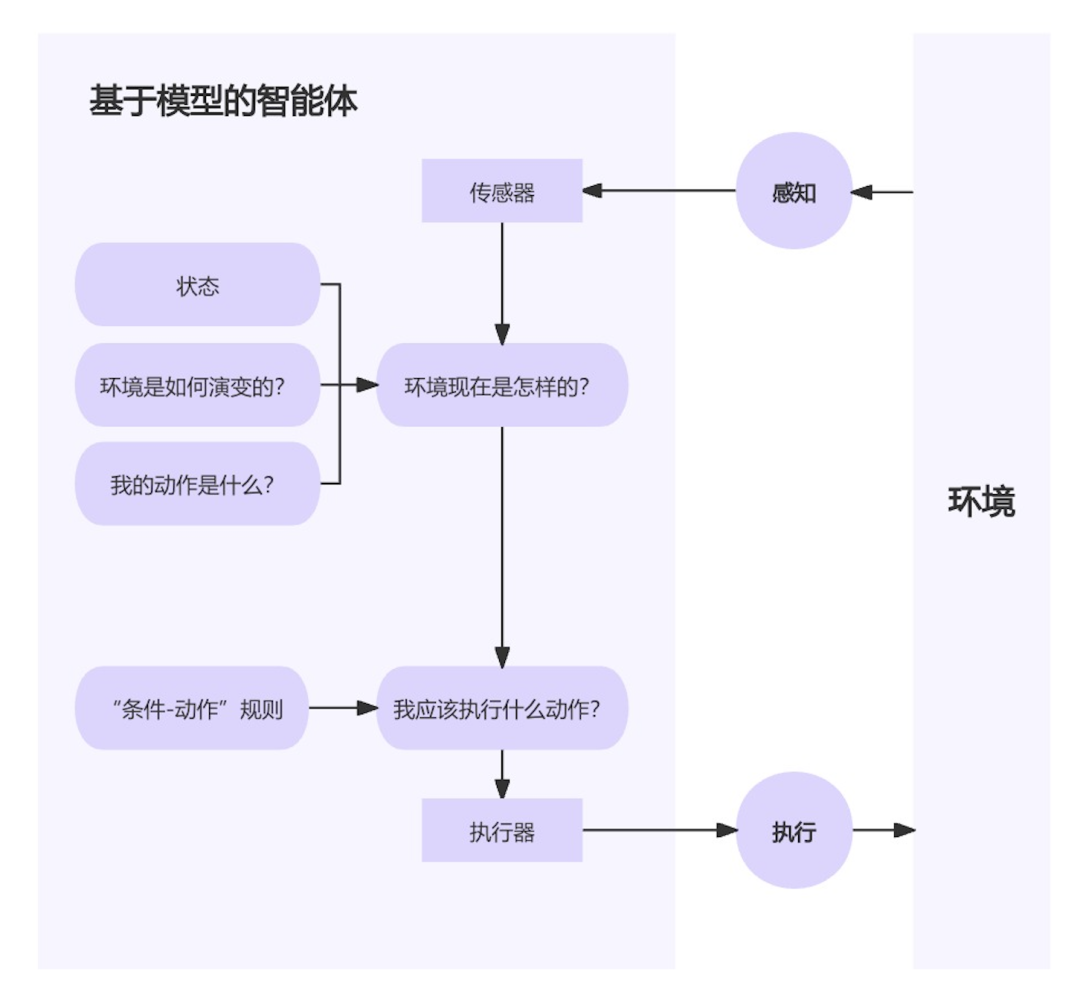
Goal-based Agents: They have clear goals and can formulate plans to achieve them, like navigation systems automatically avoiding traffic jams.
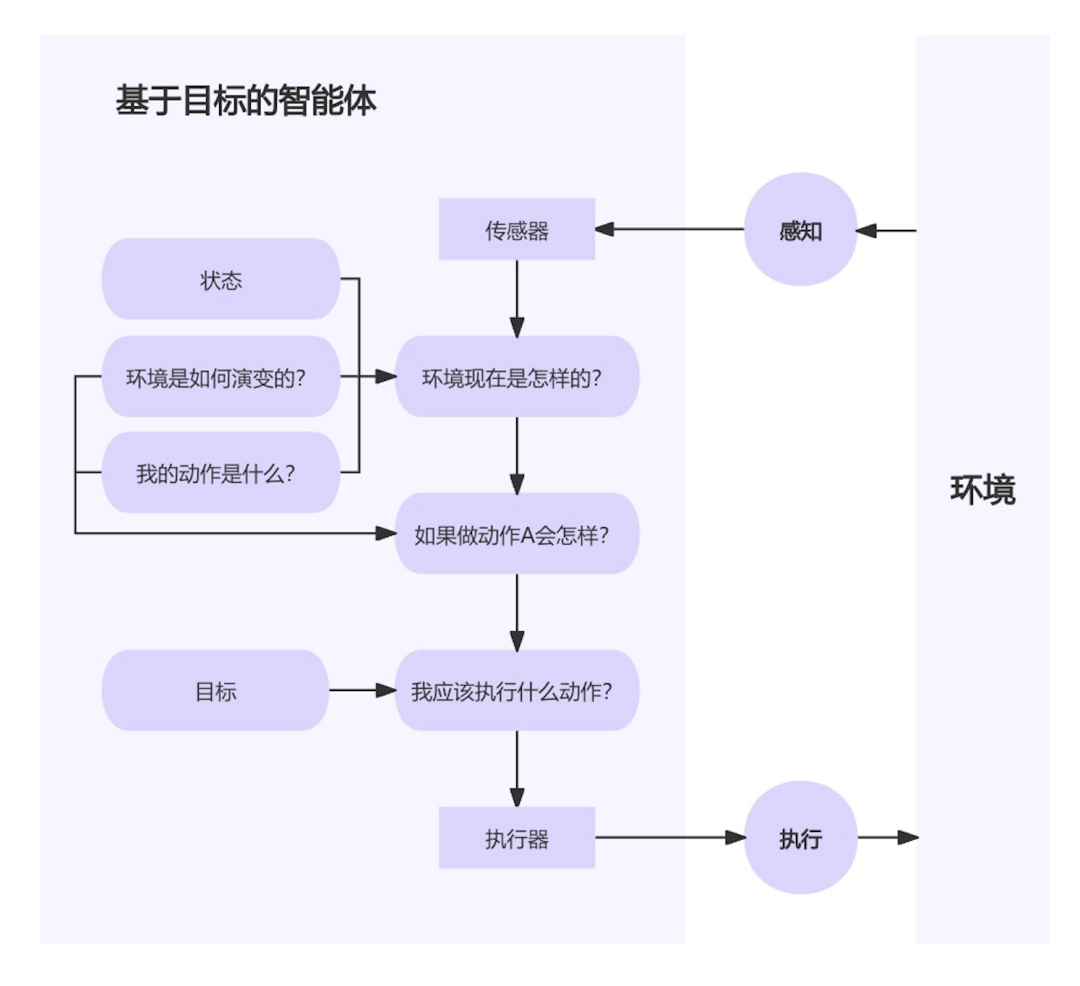
Utility-based Agents: They not only complete tasks but also prioritize cost-effectiveness, such as automatically selecting the most fuel-efficient and fastest route.
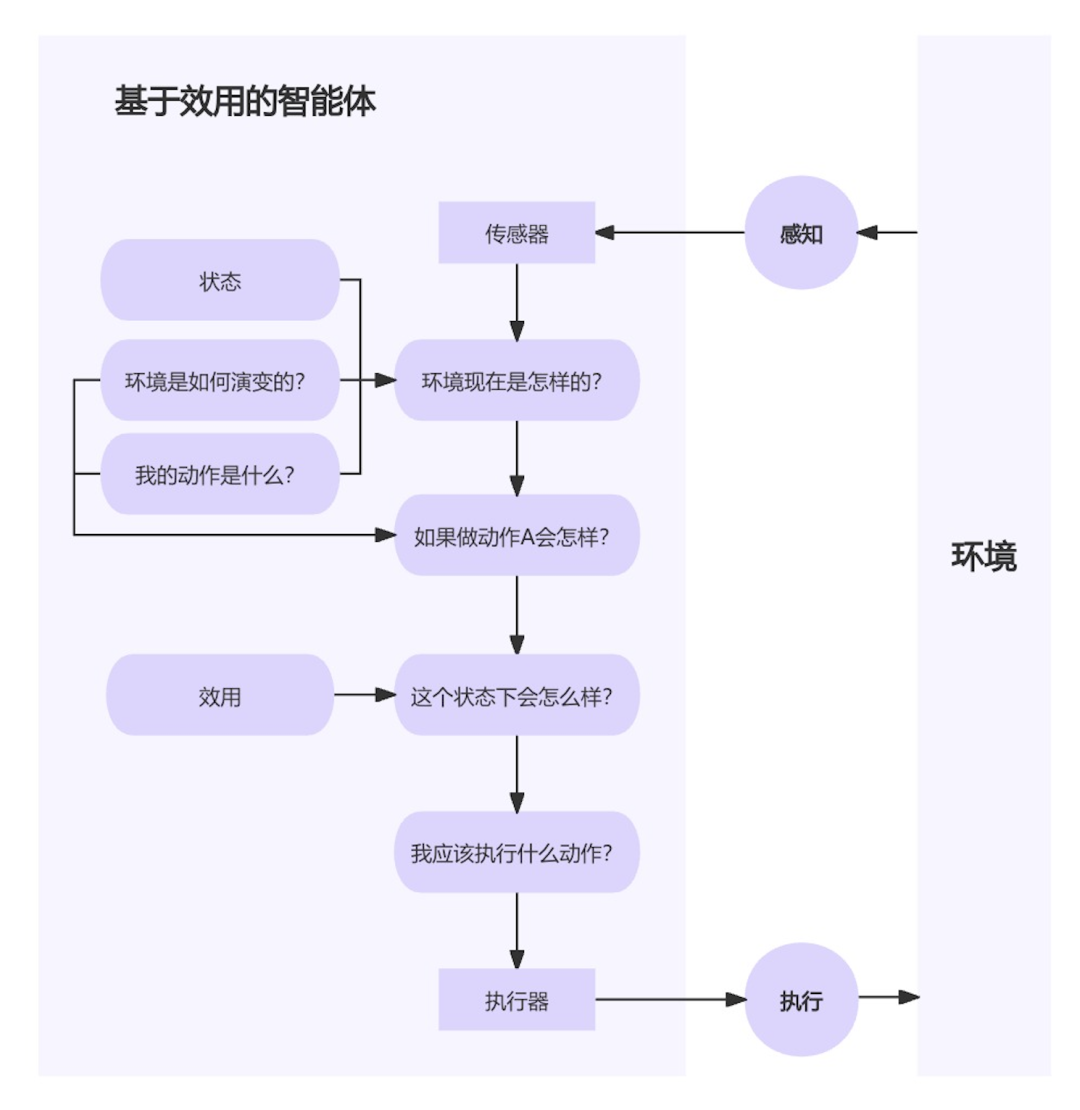
Learning Agents: The most advanced type, they continuously optimize themselves through experience, exemplified by e-commerce recommendation systems and personalized AI assistants.
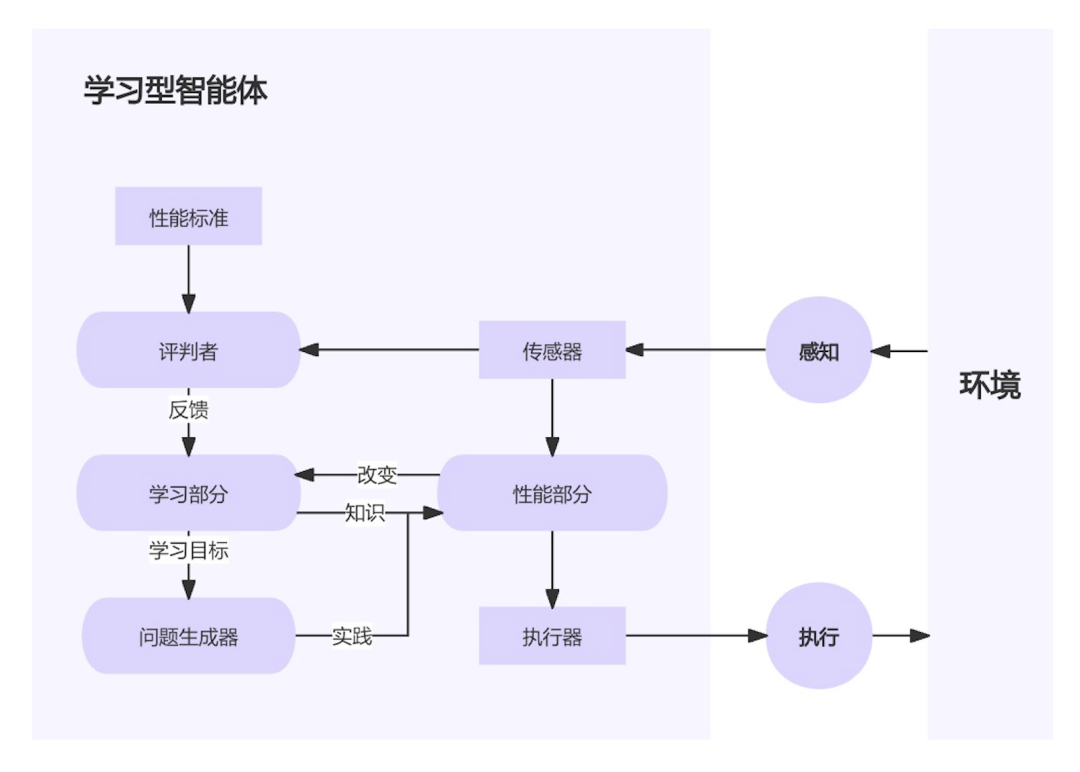
With the continuous advancement of AI technology, agents are evolving from 'tool-type assistants' to 'collaborative partners.'
Future agents will not only perform tasks and communicate but also learn and grow on their own, becoming 'super assistants' in your life. It's crucial to learn how to cooperate, coexist, and achieve win-win outcomes with them.








